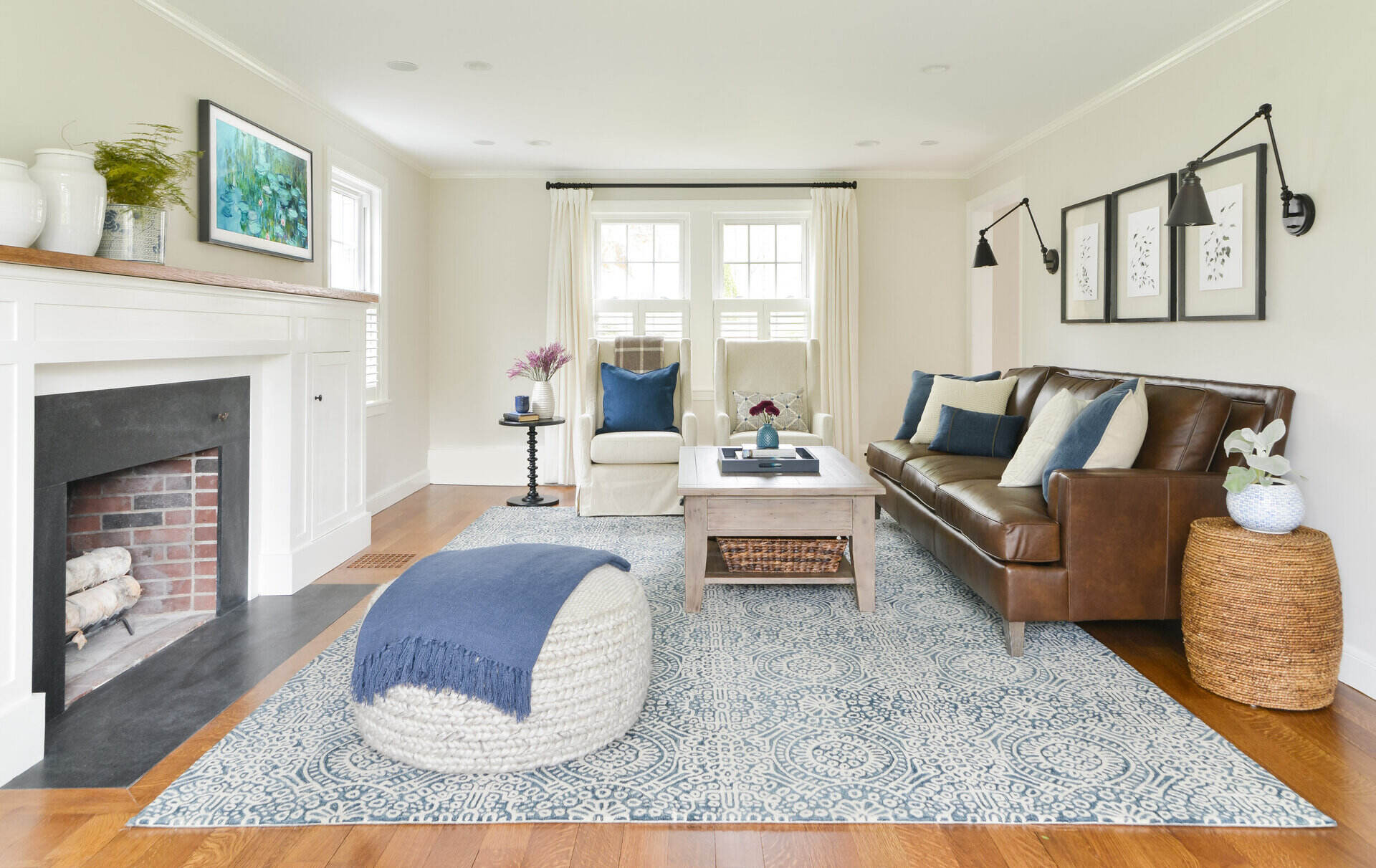

Articles
How To Furnish Long Living Room
Modified: January 19, 2024
Looking for articles on how to furnish a long living room? Discover expert tips and ideas to maximize space and create a stylish and functional layout.
(Many of the links in this article redirect to a specific reviewed product. Your purchase of these products through affiliate links helps to generate commission for Storables.com, at no extra cost. Learn more)
Introduction
Welcome to our comprehensive guide on how to furnish a long living room. Having a long living room can present unique challenges when it comes to furniture arrangement and creating a balanced and cohesive space. But fear not, as we will provide you with expert tips and strategies to make the most of your long living room layout.
A long living room can offer you plenty of opportunities for creativity and design. With careful planning and thoughtful furniture choices, you can transform your long living room into a stylish and functional space that suits your lifestyle and taste.
Whether you’re looking to create separate zones, maximize storage, or enhance the overall aesthetic, we’ve got you covered. In this article, we will explore various strategies and techniques to help you furnish your long living room with ease and confidence.
So, let’s dive in and discover how you can turn your long living room into a captivating and inviting space that you’ll love spending time in.
Key Takeaways:
- Transform your long living room into a stylish and functional space by carefully assessing the dimensions, choosing the right furniture layout, and creating separate zones for various activities.
- Maximize storage, utilize wall space effectively, and strategically incorporate lighting to create a visually captivating and inviting long living room that reflects your personal style and meets your specific needs.
Read more: How To Furnish Large Living Room
Assessing the Space
The first step in furnishing a long living room is to assess the space and understand its dimensions and limitations. By doing so, you can make informed decisions about furniture placement and optimize the layout for optimal functionality and aesthetics.
Start by measuring the length and width of the room, as well as the height of the walls. Take note of any architectural features such as windows, doors, or alcoves that may impact furniture placement. This information will serve as a foundation for your furniture selection process.
Next, consider the flow of traffic within the room. Determine the main pathways and ensure they are clear to allow for easy movement and access to different areas of the living room. This is particularly important in long living rooms, as it can be easy for the space to feel narrow or cramped if furniture obstructs the natural flow.
Take a closer look at the natural lighting in the room. If you have large windows that provide ample natural light, it’s important to consider this when selecting furniture and placement. On the other hand, if the room has limited natural light, you may need to incorporate additional lighting solutions to brighten up the space.
Lastly, take into account your personal style and preferences. Do you prefer a more formal and traditional look, or a contemporary and eclectic vibe? Understanding your design aesthetic will guide your furniture and decor choices, ensuring a cohesive and harmonious overall look.
By thoroughly assessing the space and considering these factors, you will be equipped with the necessary information to proceed with confidence in selecting the right furniture and creating a layout that maximizes the potential of your long living room.
Choosing the Right Furniture Layout
Once you have assessed the space, the next step in furnishing a long living room is choosing the right furniture layout. This will determine how the various pieces of furniture are arranged in the room to create a functional and visually appealing space.
There are several furniture layout options you can consider for a long living room. Let’s explore some of the most effective ones:
- Parallel Layout: One popular option is the parallel layout, where you arrange furniture along the longest wall. This layout works well if your room is narrow and elongated. Place the main seating area, such as a sofa and chairs, facing each other, with a coffee table in between. This creates a cozy and intimate seating arrangement.
- L-Shaped Layout: Another layout to consider is the L-shaped arrangement. This involves placing one end of the room as a dedicated seating area, while the other end can be used for different purposes like a reading nook or a workspace. This layout provides a sense of balance and utilizes the space effectively.
- Divided Layout: If your long living room is exceptionally spacious and you want to create multiple functional areas, consider dividing the space into sections. Use furniture like bookshelves, screens, or room dividers to create distinct zones, such as a seating area, a dining area, and a home office.
- Diagonal Layout: For a unique and dynamic look, you can experiment with a diagonal furniture arrangement. Place the main seating area at an angle to the walls, which can create a sense of movement and add visual interest to the room. Just ensure that there is enough space to comfortably navigate around the furniture.
When selecting furniture for your long living room, it’s important to choose pieces that are proportionate to the size of the room. Oversized furniture can overwhelm the space, while too small pieces can make it feel empty. Strike a balance by considering the dimensions and scale of the room.
Additionally, opt for furniture with clean lines and minimalistic designs to maintain a sense of openness and avoid cluttering the room. Modular or sectional sofas can be particularly useful in long living rooms, as they can be configured in different ways to adapt to the layout and specific needs.
By carefully considering the available layout options and selecting furniture that complements the space, you can create a functional and visually pleasing arrangement that brings out the best in your long living room.
Utilizing Wall Space
When furnishing a long living room, it’s crucial to make the most of the available wall space. Walls can be used not only for functional purposes but also as a canvas for displaying art and decorative elements that add personality and style to the room.
Here are some tips for utilizing wall space effectively in your long living room:
- Wall-mounted storage: Install wall-mounted shelves, cabinets, or bookcases to create additional storage space and keep your living room organized. This is particularly useful in long living rooms where floor space may be limited.
- Gallery wall: Create a gallery wall by hanging a collection of art, photographs, or decorative mirrors. This not only adds visual interest but also helps to break up the length of the wall and create a focal point in the room.
- Floating shelves: Utilize floating shelves to display decorative items, plants, or books. These shelves can be placed at various heights and positions along the wall, adding dimension and versatility to the space.
- Mirrors: Hang mirrors strategically on the walls to create the illusion of more space and reflect light, making the room appear brighter and larger. Mirrors can also be used as decorative elements, especially if they have unique frames.
- Wall-mounted TV: If you have a TV in your living room, consider mounting it on the wall rather than placing it on a stand. This not only saves floor space but also creates a sleek and modern look.
When arranging furniture, be mindful of the wall space behind sofas or chairs. Place a console table or a narrow desk against the wall to create a stylish display area for lamps, plants, or decorative accessories.
Remember to strike a balance between functional and decorative elements on the walls. Too many items can create a cluttered and overwhelming look, while too few can make the walls appear bare and lifeless. Experiment with different arrangements and find the right balance that suits your style and enhances the overall aesthetic of your long living room.
By utilizing wall space effectively, you can maximize storage, create visual interest, and transform your long living room into a functional and visually appealing space.
Creating Separate Zones
One of the challenges of furnishing a long living room is making it feel cohesive and functional despite its elongated shape. Creating separate zones within the room can help define different areas for various activities and enhance the overall flow and organization of the space.
Here are some tips for creating separate zones in your long living room:
- Seating Area: Designate one end of the room as the main seating area. Place a comfortable sofa or sectional along with chairs and a coffee table to create a cozy and inviting space for relaxation and conversation. Use an area rug to anchor the seating area and visually separate it from the rest of the room.
- Dining Area: If you have enough space, consider incorporating a dining area in your long living room. Set up a table and chairs, either against a wall or in the center of the room, to create a dedicated space for meals and socializing. This allows for seamless transition from the living area to the dining area.
- Workspace: If you need a home office or a study area, utilize a corner or a separate section of the room to set up a desk and comfortable chair. This designated workspace will help you stay focused and organized while keeping it separate from the main living space.
- Entertainment Zone: If you enjoy watching movies or playing video games, create a designated entertainment zone in your long living room. Mount a TV on a wall or place it on a media console, surround it with comfortable seating and storage for media equipment. This zone can be a perfect spot for relaxation and entertainment.
For defining these separate zones, you can use different furniture arrangements, rugs, lighting, or even room dividers. Consider using different colors or patterns for the walls or use accent walls to visually distinguish each zone.
When creating separate zones, be mindful of maintaining a sense of unity and coherence throughout the room. Incorporate elements of design, such as color schemes or materials, that tie the different zones together and create a harmonious overall look.
By creating separate zones in your long living room, you can optimize the functionality of the space and create distinct areas for different activities. This allows for a more versatile and organized living environment while maintaining a cohesive and visually appealing aesthetic.
Use area rugs to define separate seating areas within the long living room. This will help create a more cohesive and visually appealing space.
Read more: How To Furnish A Narrow Living Room
Adding Accent Pieces and Decor
When furnishing a long living room, accent pieces and decor play a crucial role in adding personality, style, and a finishing touch to the space. They can enhance the overall aesthetic, create visual interest, and tie the different elements of the room together. Here are some tips for adding accent pieces and decor:
- Decorative Pillows and Throws: Incorporate decorative pillows and throws on sofas and chairs to add color, texture, and coziness. Choose patterns or colors that complement the overall color scheme of the room and reflect your personal style.
- Artwork and Wall Decor: Hang artwork, prints, or photographs on the walls to create a focal point and add visual interest. Mix and match different sizes and styles of frames to create a diverse and eclectic gallery wall. You can also consider wall decals, tapestries, or mirrors to add depth and dimension to the room.
- Plants and Greenery: Introduce plants and greenery to bring life and freshness into your long living room. Place potted plants on shelves, tables, or in corners to add a touch of nature and create a calming atmosphere. Choose low-maintenance plants that thrive in indoor environments.
- Statement Lighting: Use statement lighting fixtures, such as pendant lights, chandeliers, or floor lamps, to add a focal point and create ambiance in your long living room. Consider the height and scale of the room when selecting lighting options, and position them to illuminate different zones or highlight specific features.
- Decorative Accents: Incorporate decorative accents such as vases, sculptures, or decorative trays to add a personal touch to your long living room. Display them on shelving units, coffee tables, or mantels to create visual interest and showcase your taste and style.
When adding accent pieces and decor, it’s important to strike a balance. Avoid overcrowding the space with too many items, as it can make the room feel cluttered and overwhelming. Instead, choose a few key pieces that make a statement and complement the overall design aesthetic.
Consider the scale and proportion of the room when selecting accent pieces. Larger rooms can accommodate larger decor items, while smaller rooms may require more delicate and compact pieces to maintain balance.
Lastly, don’t be afraid to let your personality shine through in your choice of accent pieces and decor. The goal is to create a space that reflects your style and makes you feel at home.
By adding accent pieces and decor, you can elevate the look and feel of your long living room, infusing it with your personal style and creating a truly unique and inviting space.
Maximizing Storage
When furnishing a long living room, maximizing storage is essential for keeping the space neat, organized, and free from clutter. With proper storage solutions, you can efficiently utilize every inch of the room and create a functional and visually appealing environment. Here are some tips for maximizing storage:
- Built-in Shelving: Take advantage of the vertical space in your long living room by installing built-in shelving units. These can be designed to blend seamlessly with the walls and provide ample storage for books, decor items, and personal belongings. Use baskets or bins to organize smaller items and keep them out of sight.
- Multifunctional Furniture: Opt for multifunctional furniture pieces that serve a dual purpose. For example, choose a coffee table with hidden storage compartments or an ottoman with a lift-up lid for storing blankets or remote controls. This allows you to maximize storage without sacrificing style or space.
- Modular Storage Systems: Invest in modular storage systems that can be customized and configured to fit your specific needs. These systems often include a combination of shelves, drawers, and cabinets that can be rearranged as your storage requirements change over time.
- Underutilized Spaces: Make use of underutilized spaces in your long living room, such as the area under the windows or the space below a staircase. Install built-in cabinets or shelves in these areas to create additional storage options without overcrowding the room.
- Vertical Storage Solutions: If your long living room has high ceilings, consider utilizing vertical storage solutions. Install tall bookcases or shelving units that reach up to the ceiling to maximize storage capacity. You can also add floating shelves or wall-mounted organizers to keep items within easy reach while maintaining a clutter-free floor space.
- Multipurpose Cabinets: Incorporate multipurpose cabinets that can be used for both storage and display. Choose cabinets with glass doors to showcase your favorite decor items while also providing concealed storage behind closed doors.
Furthermore, it’s important to declutter and regularly reassess your storage needs. Get rid of items that no longer serve a purpose or bring you joy. This will help to free up space and ensure that your storage solutions are optimally utilized.
By maximizing storage in your long living room, you can maintain a clean and organized space while having easy access to all your belongings. This not only enhances the functionality of the room but also contributes to a visually pleasing and stress-free environment.
Incorporating Lighting
Lighting plays a vital role in setting the mood and enhancing the overall ambiance of a long living room. By strategically incorporating different lighting sources, you can create a warm and inviting atmosphere while also highlighting key features and focal points. Here are some tips for incorporating lighting in your long living room:
- Natural Light: Take advantage of natural light by allowing it to flow into the room. Keep window treatments minimal or sheer to maximize the amount of sunlight that enters the space. If privacy is a concern, consider using translucent blinds or curtains that still allow sunlight to filter through.
- Ambient Lighting: Ambient lighting refers to the overall illumination of the room. Use ceiling-mounted or recessed lights to provide a general level of brightness. Distribute these lights evenly throughout the space to avoid any dark or shadowy areas.
- Task Lighting: Incorporate task lighting to provide focused illumination for specific activities such as reading, working, or hobbies. Desk lamps, floor lamps, or adjustable wall-mounted lights can be positioned near seating areas, workspaces, or reading nooks to provide ample lighting for these tasks.
- Accent Lighting: Add accent lighting to highlight architectural features, artwork, or decorative elements in your long living room. Track lighting, wall sconces, or picture lights can be used to draw attention to these focal points and create a visually appealing display.
- Dimmers and Lighting Controls: Install dimmer switches or lighting controls to have the flexibility to adjust the brightness levels according to your needs and preferences. This allows you to create different atmospheres and adapt the lighting for different activities or occasions.
- Layered Lighting: A well-lit long living room often benefits from layered lighting. By combining different types of lighting, such as overhead, task, and accent lighting, you can create depth and dimension in the space. Experiment with different combinations to achieve the desired ambiance.
Consider the color temperature of the light bulbs you choose. Warmer tones, such as soft whites or warm whites, can create a cozy and inviting feel, while cooler tones, like daylight or cool whites, can provide a more energetic and vibrant atmosphere. Choose lighting that complements the overall mood and style you want to achieve.
Also, pay attention to the placement of electrical outlets when arranging your furniture. Make sure you have easy access to power sources for table lamps or other lighting fixtures without needing to rely on unsightly extension cords.
By thoughtfully incorporating lighting in your long living room, you can create a comfortable and visually captivating environment that enhances the functionality of the space while highlighting its unique features.
Final Thoughts
Furnishing a long living room requires careful planning and thoughtful consideration of various factors, from the layout and furniture selection to the utilization of wall space and incorporation of lighting. By following the tips and strategies outlined in this guide, you can transform your long living room into a stylish, functional, and inviting space that suits your needs and reflects your personal style.
Assessing the space and understanding its dimensions and limitations is crucial in creating a furniture layout that optimizes both functionality and aesthetic appeal. Choosing the right furniture layout, such as a parallel or L-shaped arrangement, can maximize space and create a balanced look.
Utilizing wall space effectively can provide additional storage options and serve as a canvas for art and decorative elements that enhance the room’s overall aesthetic. Creating separate zones within the long living room can help define distinct areas for various activities, such as seating, dining, or workspace.
Accent pieces and decor play a crucial role in adding personality and style to the room. By strategically incorporating decorative pillows, artwork, plants, and statement lighting, you can infuse the space with your unique taste and create a visually captivating environment.
Maximizing storage is essential for keeping the room organized and clutter-free. Utilize built-in shelving, multifunctional furniture, and underutilized spaces to create ample storage options without sacrificing style or floor space.
Lastly, incorporating lighting is key to setting the mood and creating the desired ambiance. Utilize natural light, incorporate ambient, task, and accent lighting, and consider the use of dimmers and lighting controls to achieve the perfect atmosphere for different activities and occasions.
Remember, as you furnish your long living room, there are no hard and fast rules. It’s important to trust your instincts and create a space that reflects your personality and meets your specific needs. Experiment, have fun, and don’t be afraid to make adjustments along the way.
By following these guidelines, you can transform your long living room into a functional and visually stunning space that you and your loved ones will enjoy for years to come.
Frequently Asked Questions about How To Furnish Long Living Room
Was this page helpful?
At Storables.com, we guarantee accurate and reliable information. Our content, validated by Expert Board Contributors, is crafted following stringent Editorial Policies. We're committed to providing you with well-researched, expert-backed insights for all your informational needs.
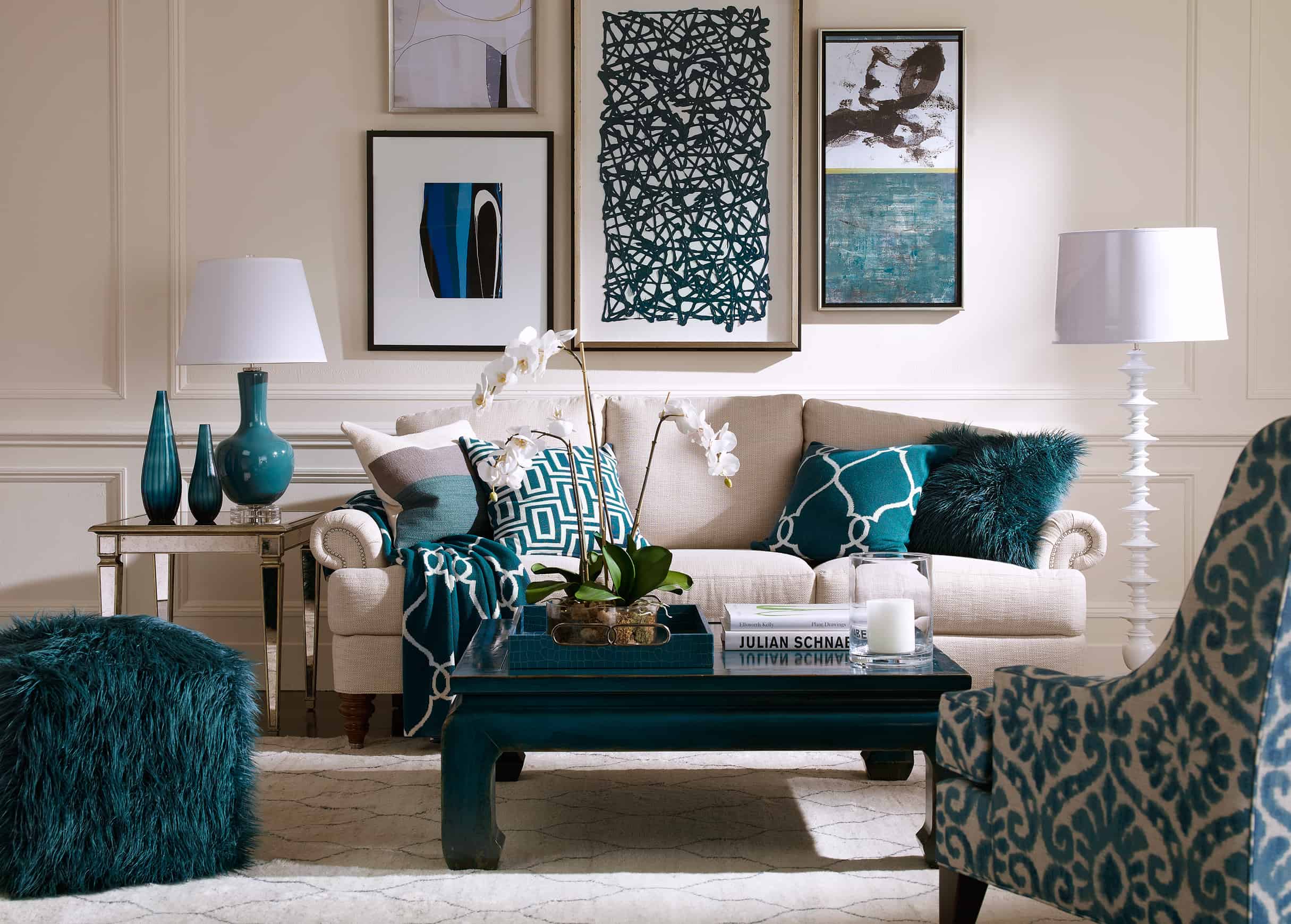
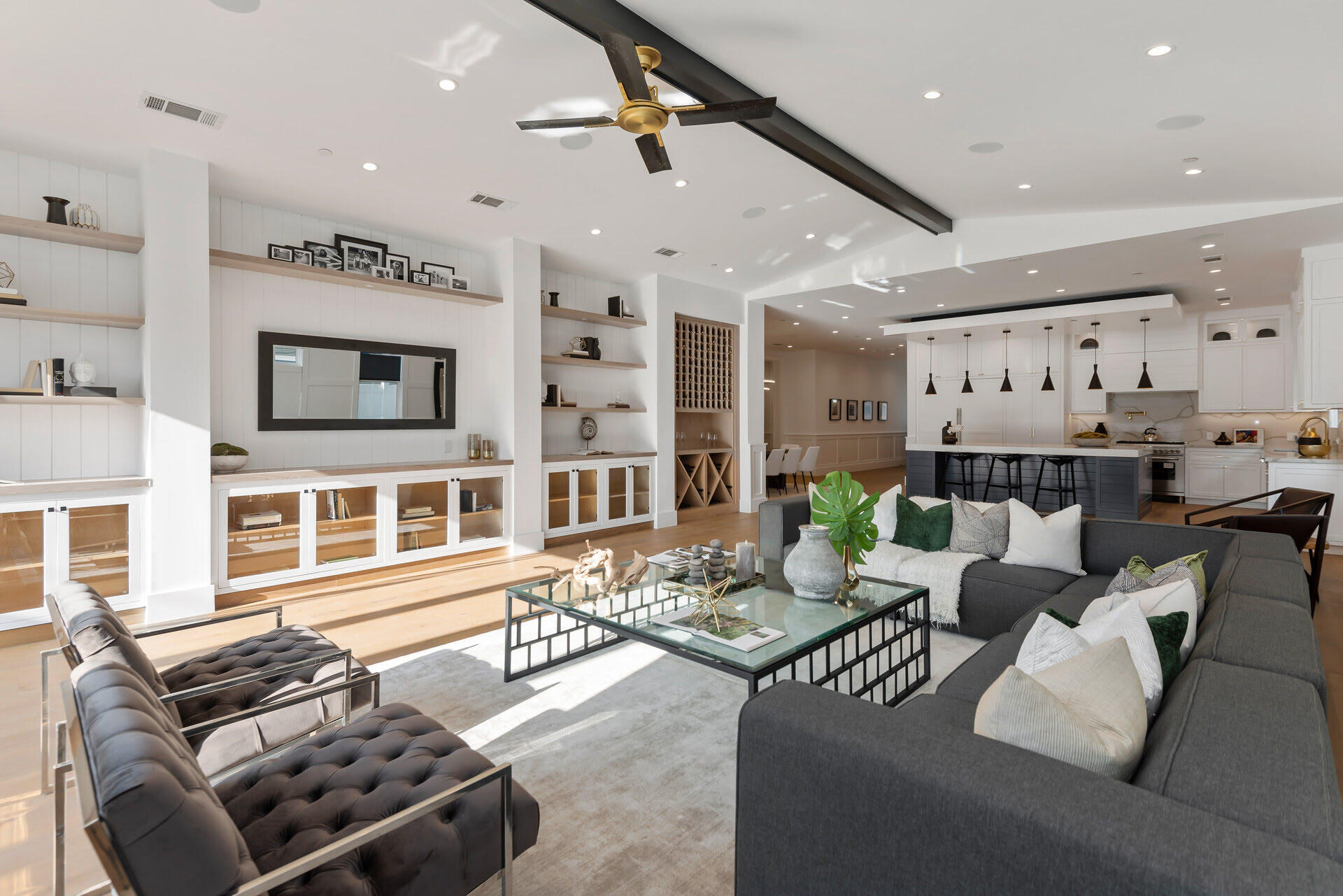
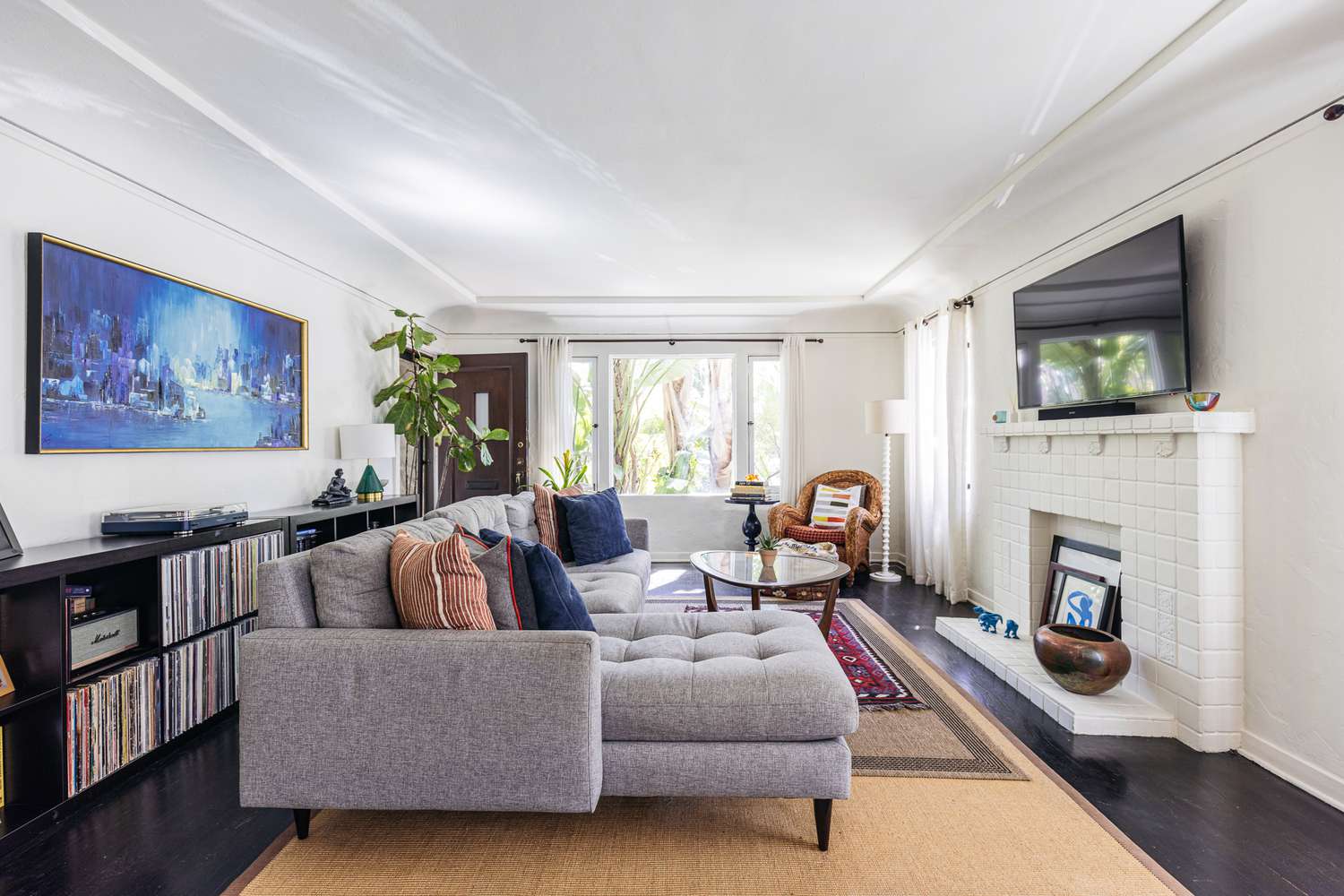
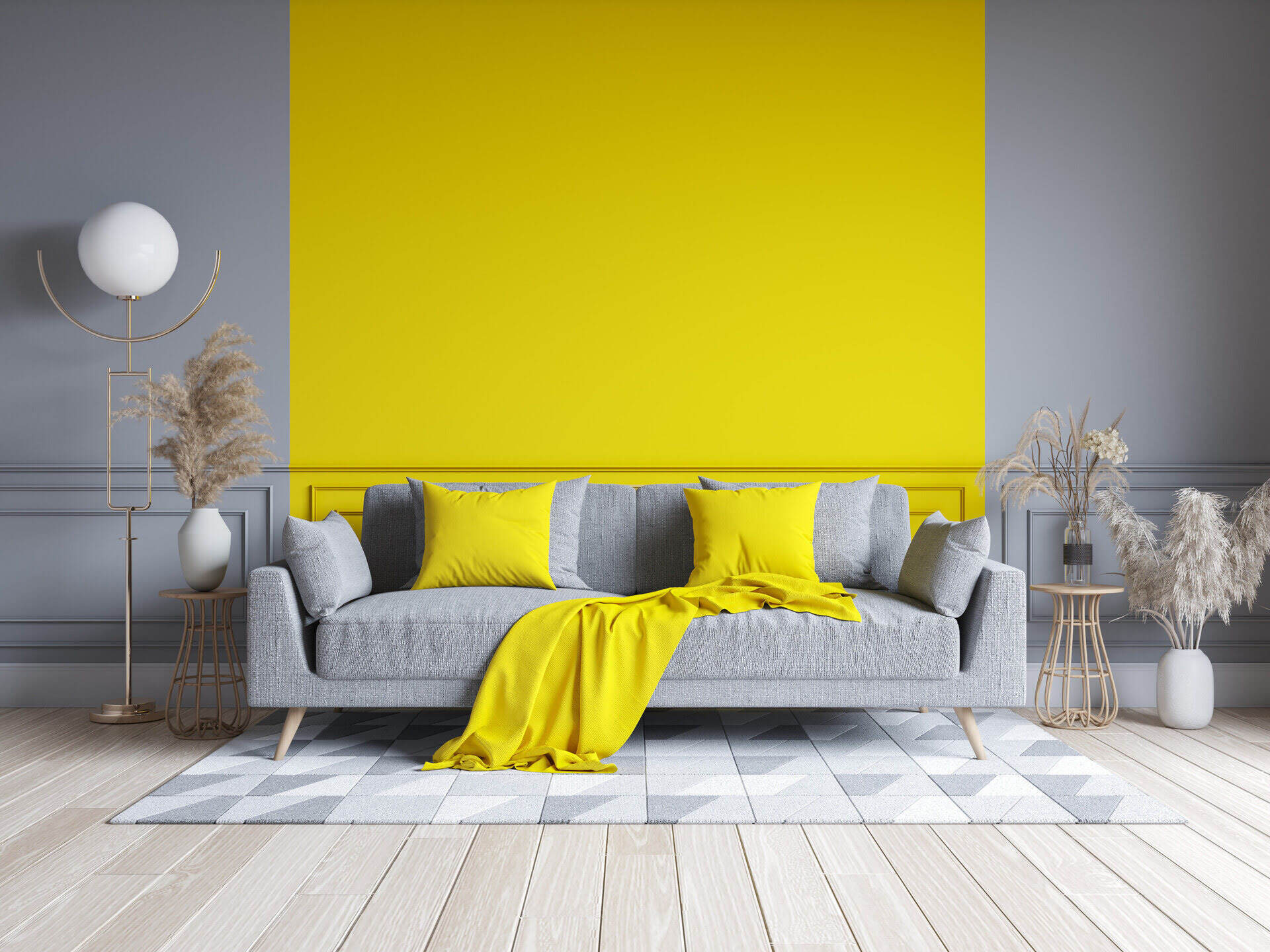
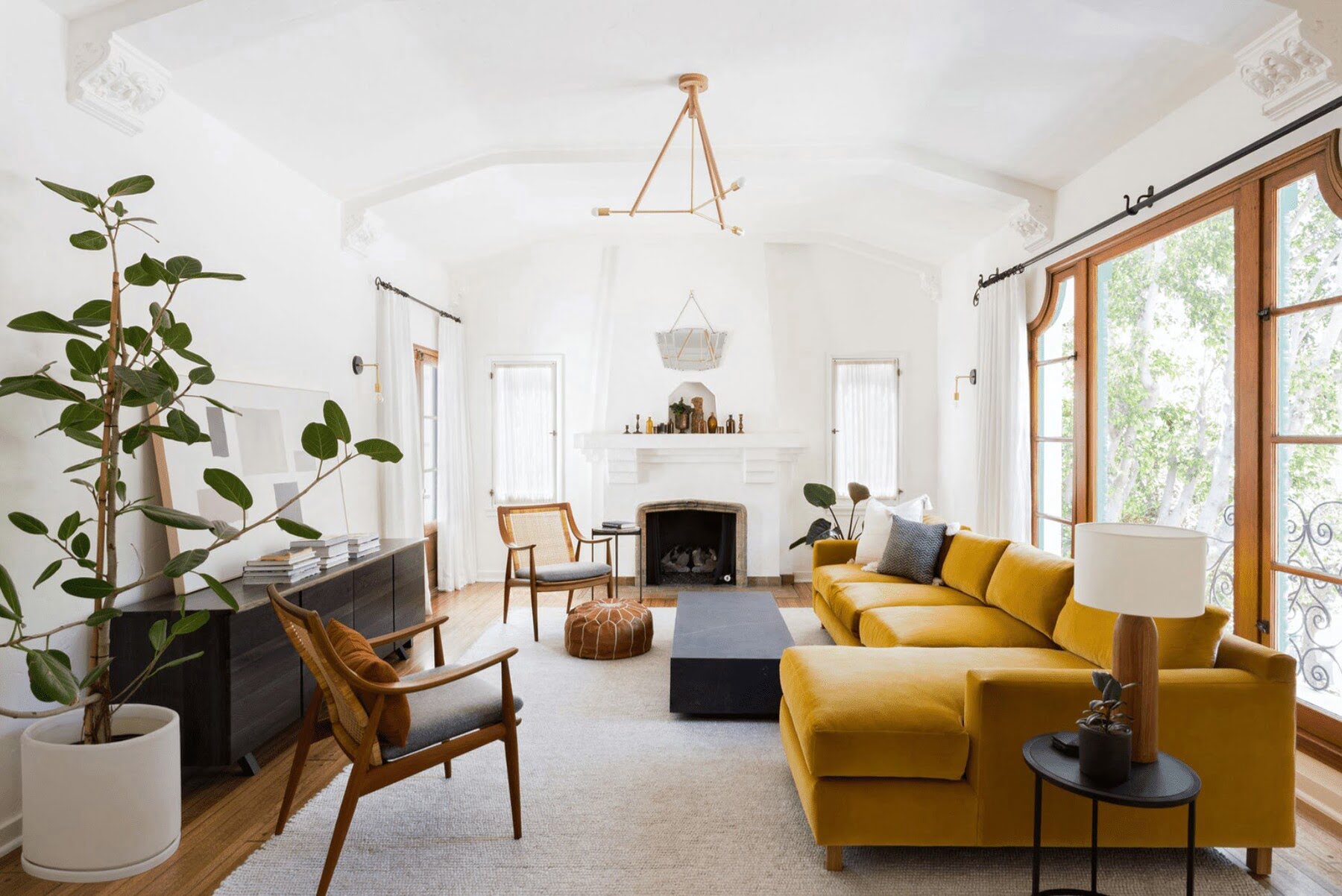
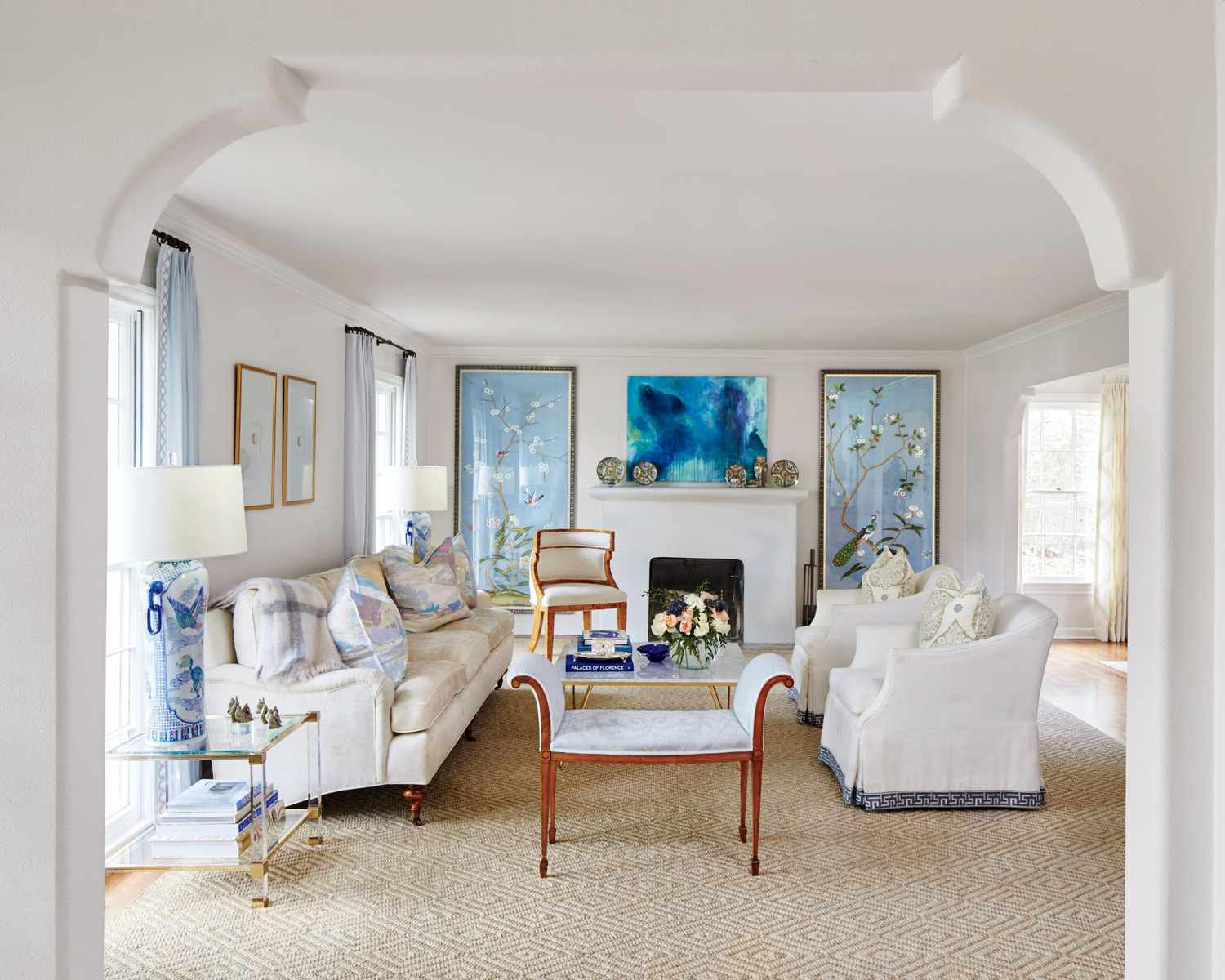
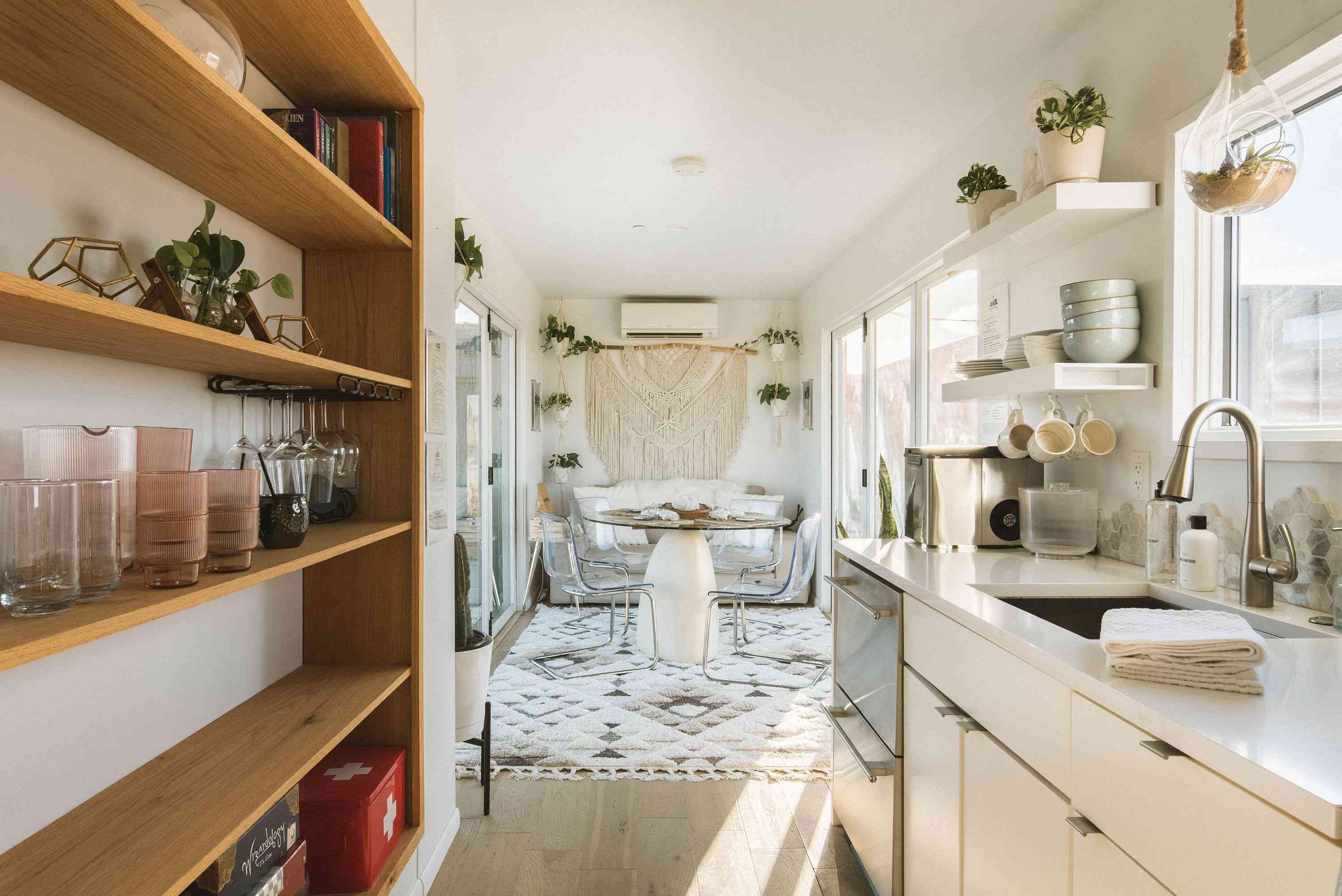
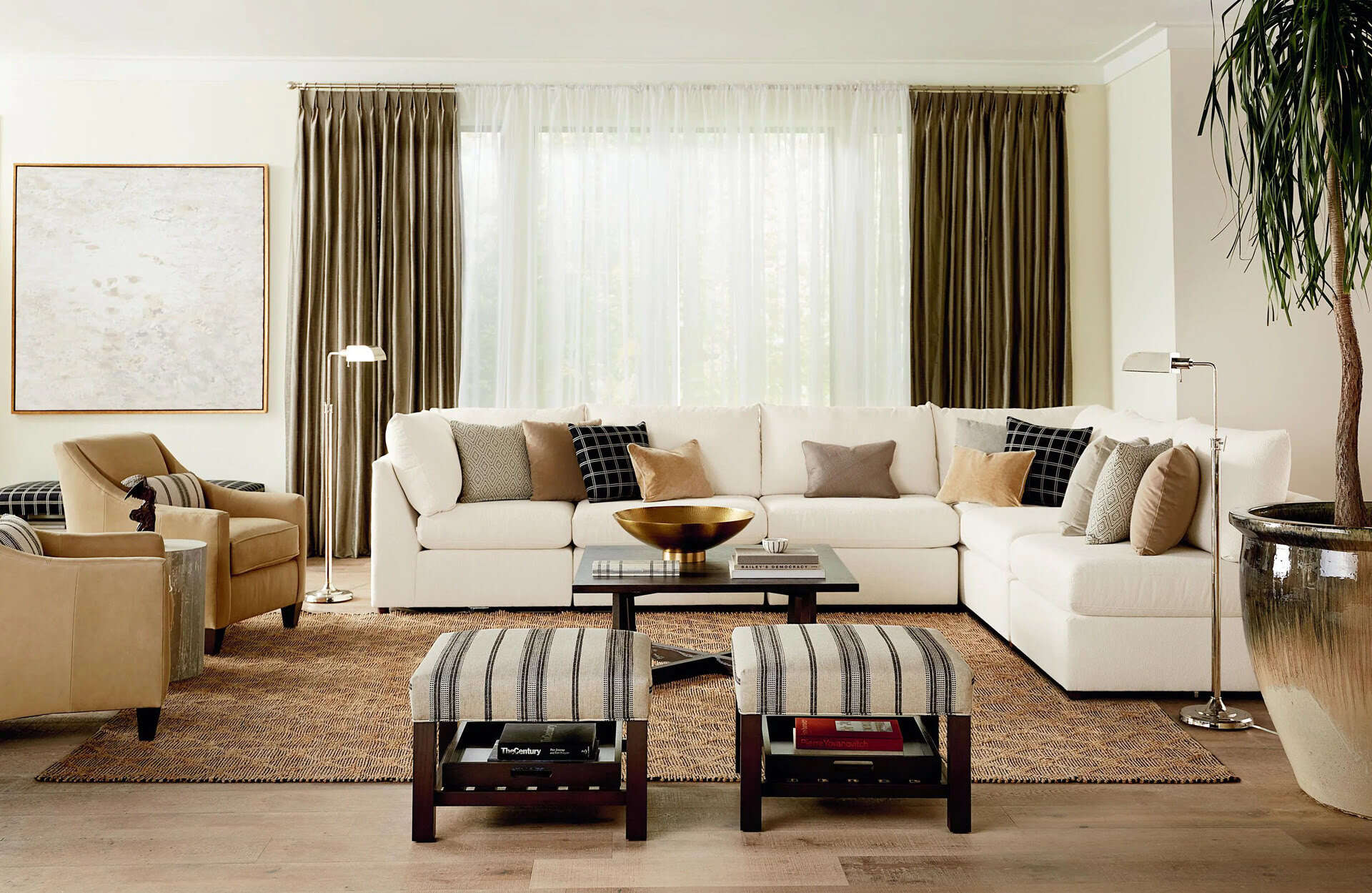
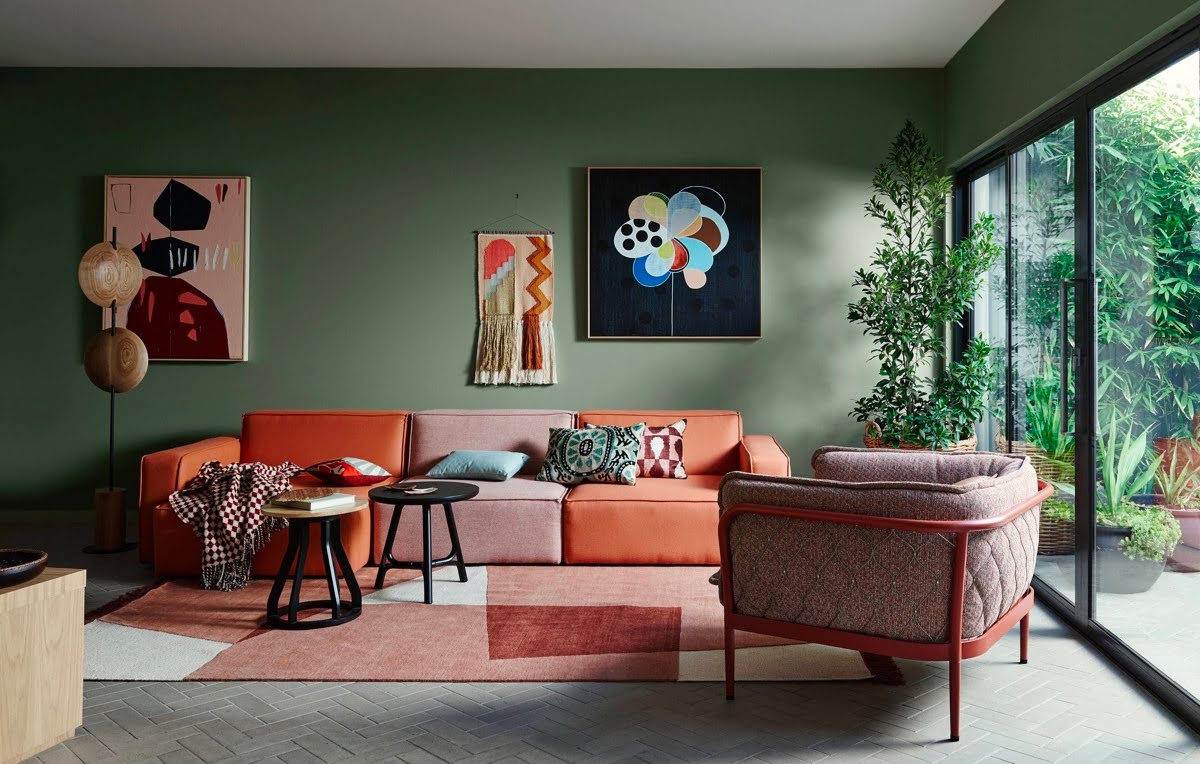
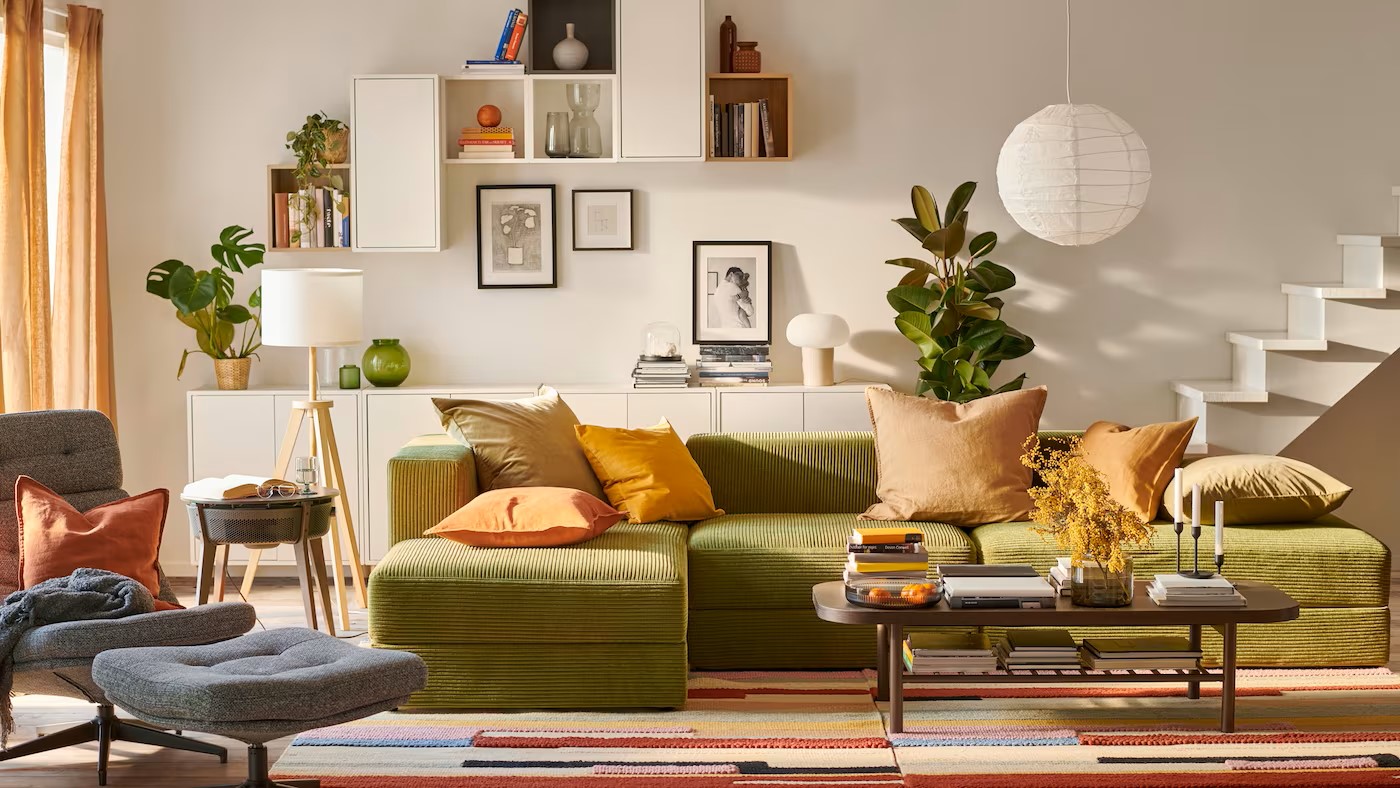

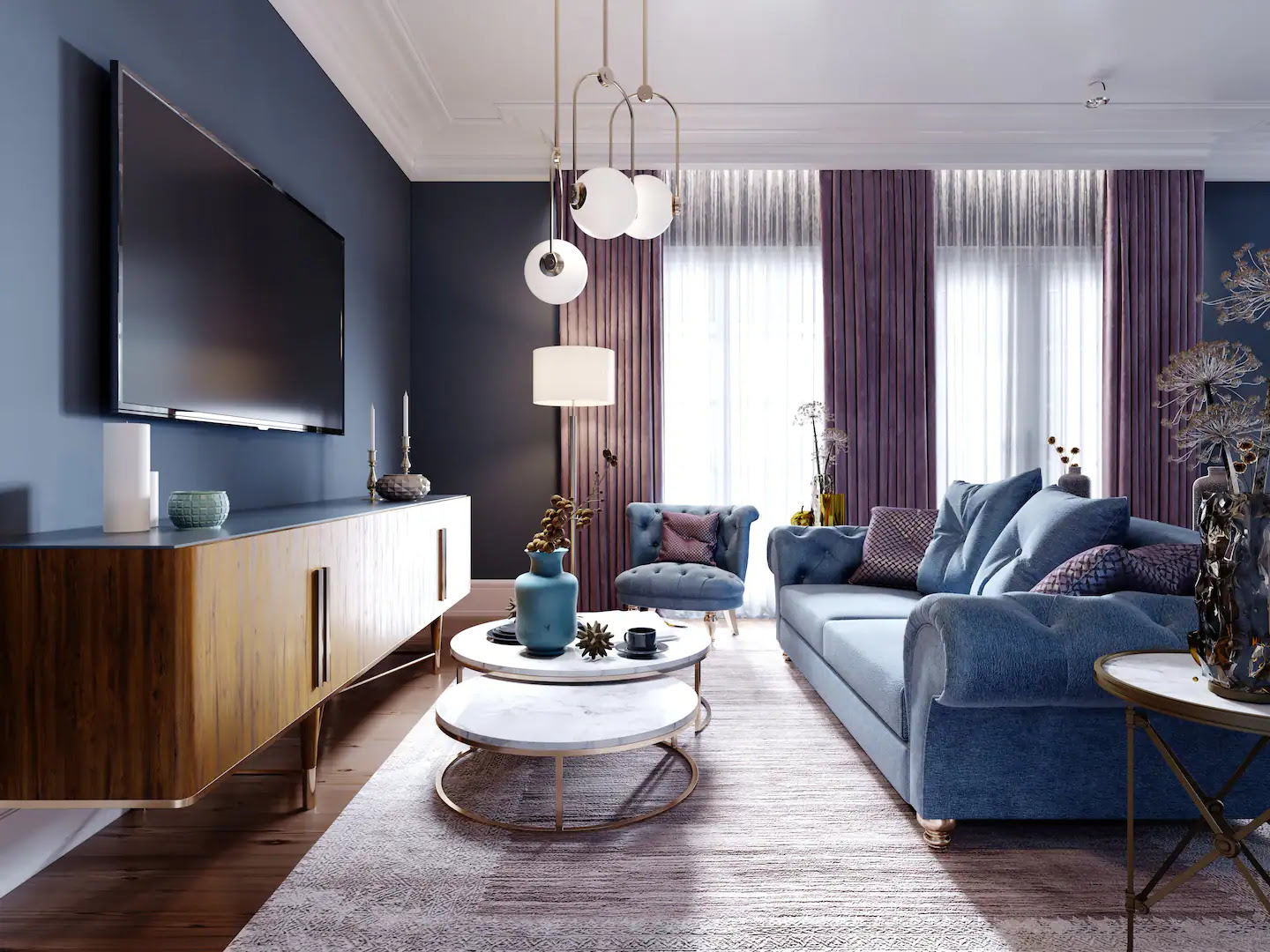
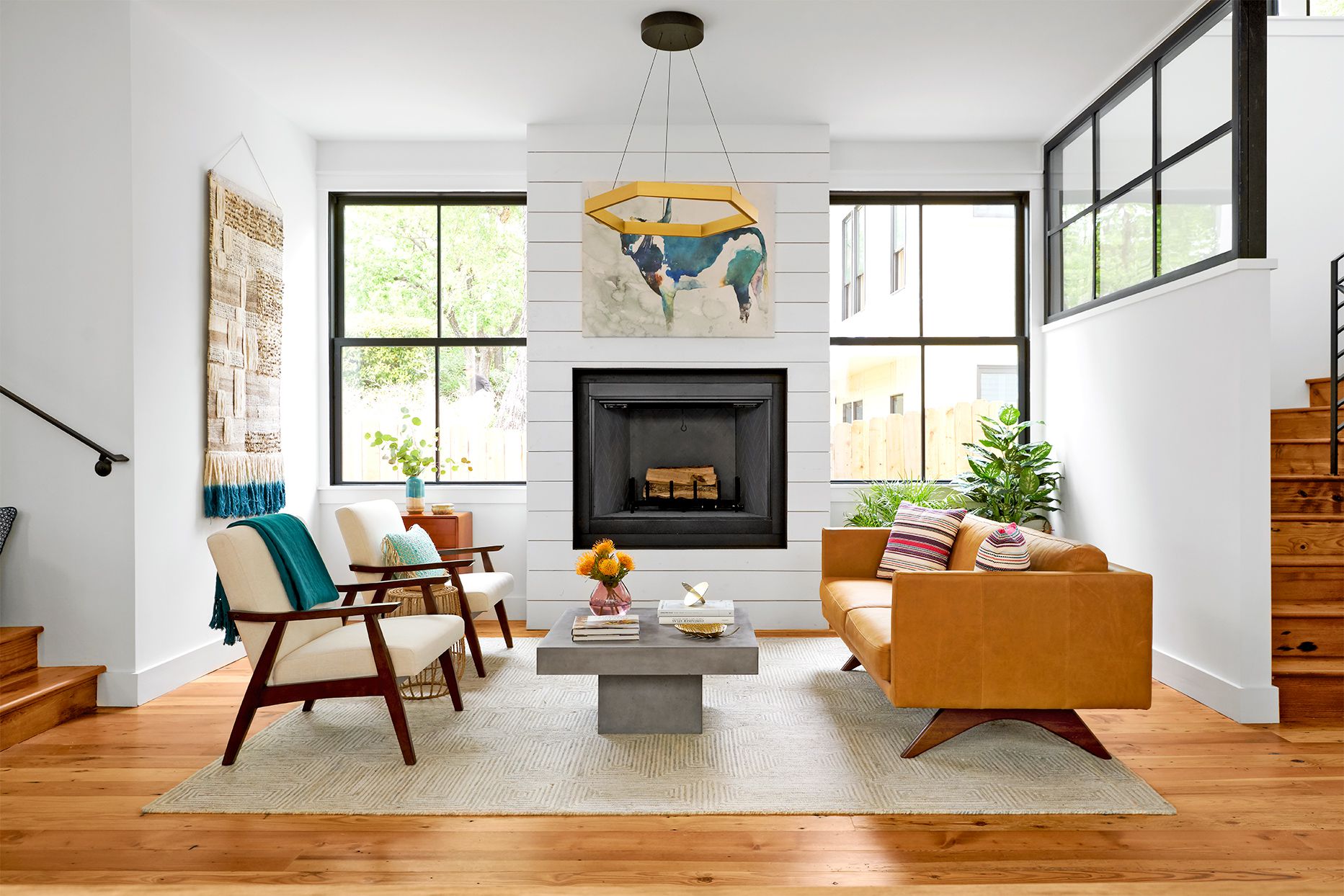
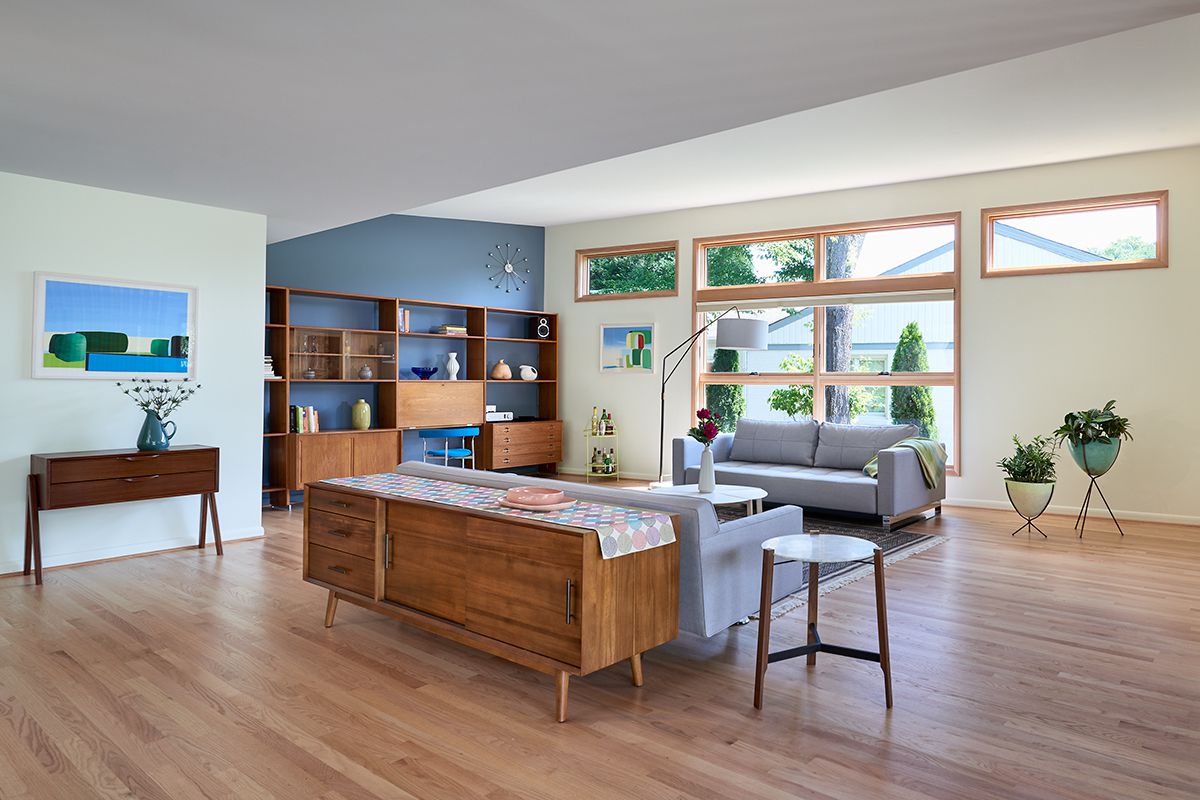

0 thoughts on “How To Furnish Long Living Room”